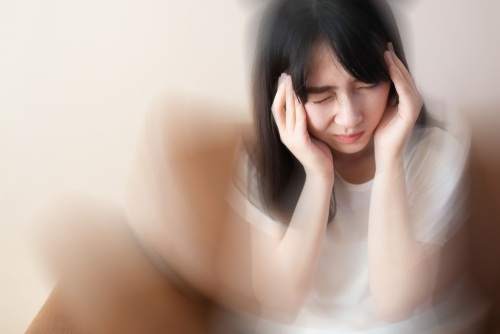The human ear is a very complex organ. What you see outside is just a small part of it – the outer ear. The inner ear is inside your head, and it contains a series of tiny bones and membranes with two crucial roles: to allow you to hear and to maintain your sense of balance.
When you suffer from inner ear disorders, such as Meniere’s Disease, you have the sensation that the world is spinning around you. In this article, our specialists explain the benefits of choosing chiropractic for inner ear disorders.
What Causes Inner Ear Disorders?
The most common causes of inner ear disorders are various injuries and sudden trauma. People who were involved in a car accident suffered a severe slip and fall, had a heavy object falling down on them are likely to develop this condition.
At a physical level, the issue is caused by even the slightest change in the natural position of each tiny element inside the inner ear. It can be made even worse by misalignments in the spinal vertebrae which prevent the nerves that connect the brain to the ear from working properly.
How Can Chiropractic for Inner Ear Disorders Help Patients?
Chiropractors have a different approach from other healthcare professionals. They do not focus solely on the injured part, but on the person as a whole. In many cases, the root cause of pain in a part of the body is located in a different part – in many cases along the spine.
Why is this so? The spinal cord is the superhighway that allows the brain to control your entire body through nerves. Pain, numbness, the sensation of vertigo may be caused by poor communication between the brain and the respective body part. In turn, this poor communication may be caused by a nerve pinched or otherwise obstructed by spine misalignments.
Thus, the purpose of chiropractic for inner ear disorders is to identify and resolve the spine problems which cause most of the negative symptoms you experience, especially dizziness and vertigo.
The Chiropractor’s Approach in Treating Inner Ear Disorders
Spine manipulations are a very general term for a complex range of precise movements. Each of them aims to correct spinal misalignments, without causing harm or discomfort to the patient.
In certain situations, chiropractic for inner ear disorders involves specialized equipment, such as the drop table or the traction table. Each of these pieces of equipment allows the chiropractor to work precisely and with maximum safety for the patient.
Inner ear disorders can be healed by chiropractic in two ways:
1. By Allowing Spinal Fluid to Flow Freely
The sense of balance can be compromised when spinal subluxations cause spinal fluid to build up in the inner ear. This causes pressure on the small bones that give you the sense of up, down, right, and left.
Once the misalignment is resolved, the spinal fluid will drain from the inner ear and the patient will stop feeling dizzy and disoriented. Chiropractic for inner ear disorders is the only non-invasive procedure that solves this specific type of issue.
2. By Restoring Nervous System Communications
When we say that the inner ear creates the sense of balance, we mean that the brain interprets the movement signals and generates the sense of walking ahead, turning right or left.
Thus, when the nerves cannot transmit the signals from the inner ear to the brain properly, you feel that you are standing in the middle of a fast-spinning carousel. By resolving subluxations of the vertebrae, the chiropractor will allow the nerve to transmit signals without interruptions.
The improved communication within the nervous system will reduce the sensation of vertigo and lack of balance. Patients can return to their usual activities confidently.
If you suffer from any symptoms associated with inner ear disorders, one of our experienced chiropractors is ready to help you. Call us now to schedule your first appointment!

